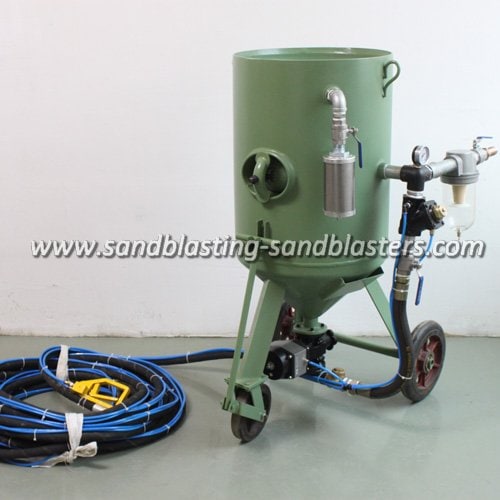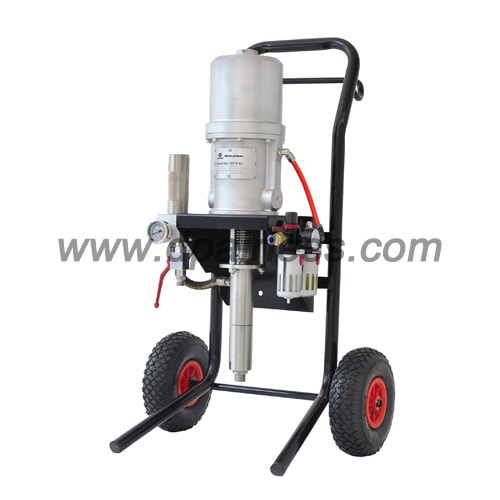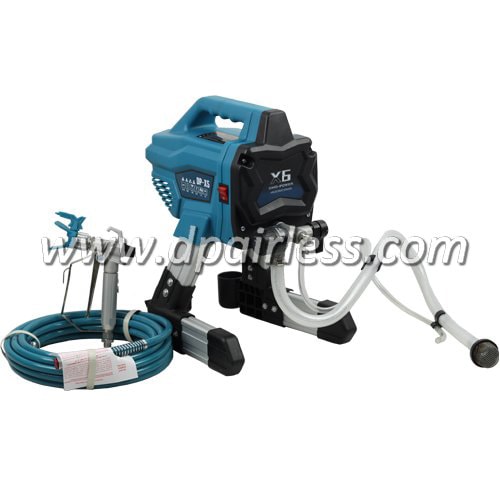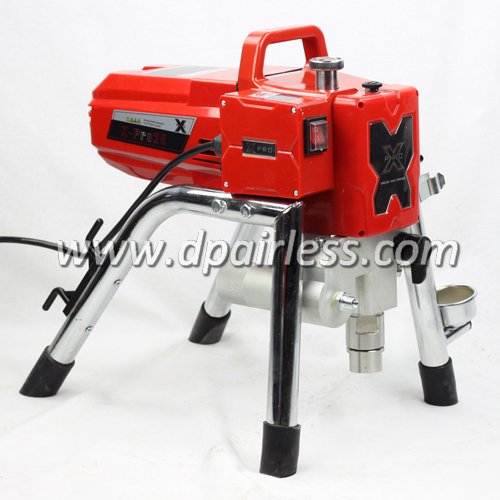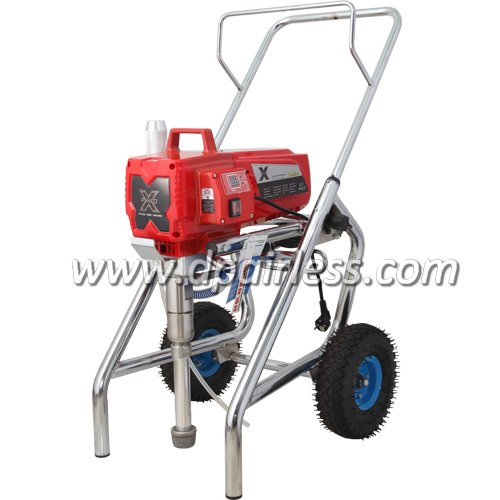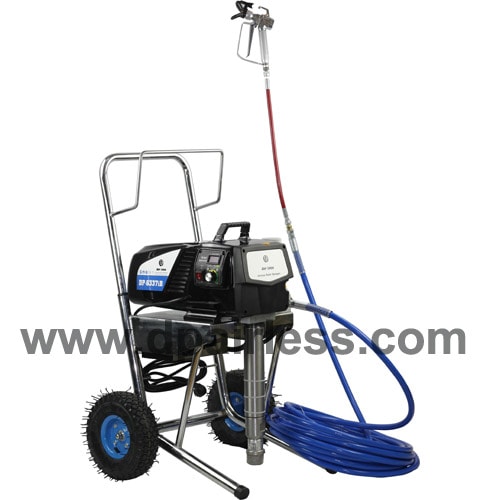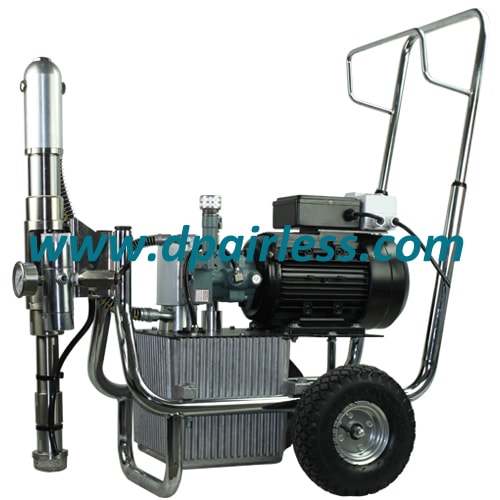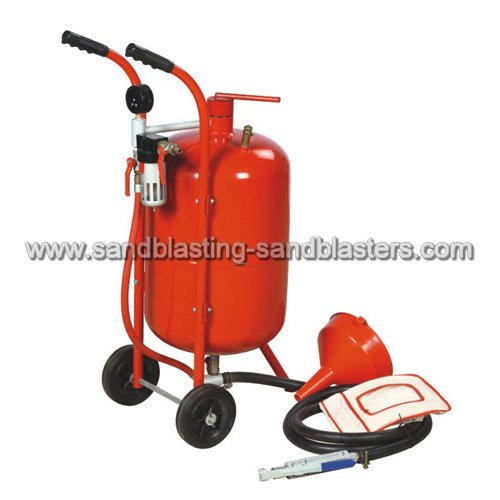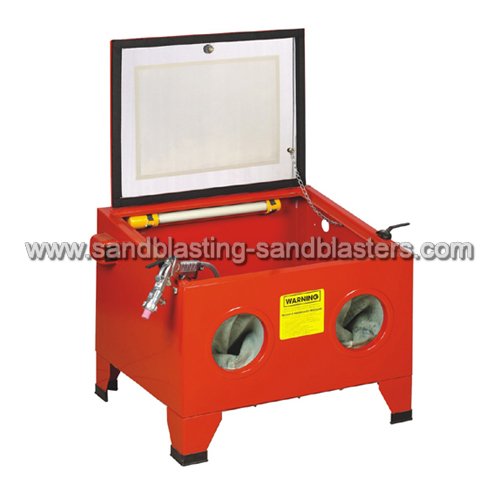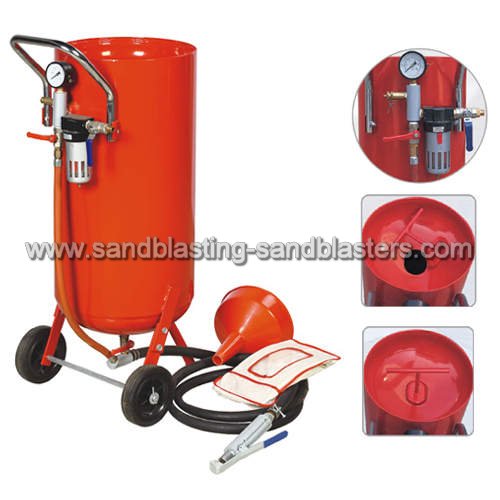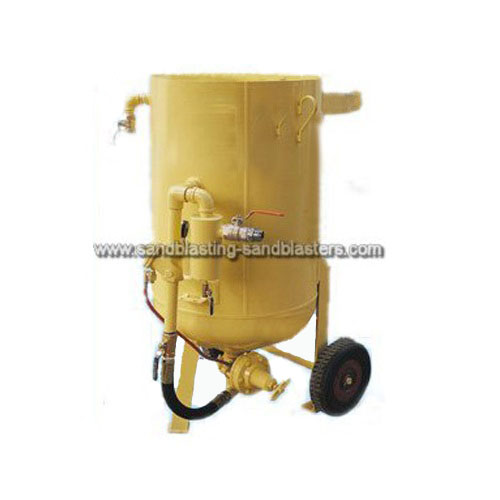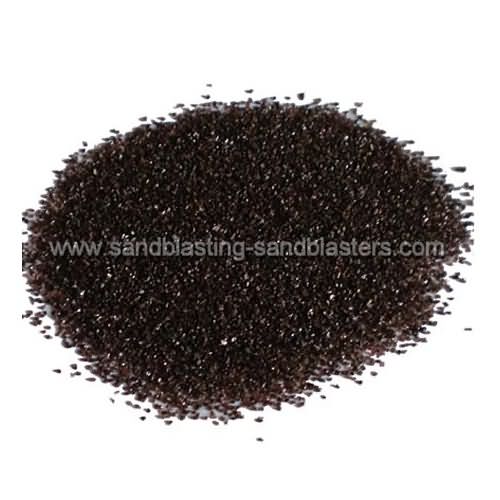Tips for Surface Preparation before Painting
Below are some helpful tips for surface preparation before painting.
1.General Preparation
All surfaces to be painted must be thoroughly cleaned before painting and all areas where painting is to be done must be kept clean and dust free during painting operations. Cover all surfaces not be be painted to prevent spotting and spillages. Remove all locks, door handles, light fittings etc or mask these off until completion of painting.
2.Preparation of Metal Surfaces
A. Previously Painted Surfaces
If the old coatings is firm and in good condition, i.e. no signs of blistering or peeling, clean the surface well and lightly sand with a 400 grit sandpaper prior to painting.
If the paint film is unsound or if rust is present, the old coating must be completely removed and the exposed surface well abraded with steel wire brushes or sandblaster. All loose rust must be removed in this way. Any remaining patches of rust may be treated with a rust converter. Surfaces thus treated may then be handled in the same way as new metal.
B. New Surfaces
Clean with a degreaser and remove rust and millscale with wire brushing or sandblasting equipment, apply a rust converter to any remaining rust patches, salt deposits from a costal or industrial environment can be removed by washing with water before applying primers with airless paint sprayer.
3.Recommendation for Sandblaster and Airless Paint Sprayer:
Whiling doing the surface preparation for steel structure/ship yard/steel plate/boiler/container etc, popular model TS-500 Sandblaster is the recommendation with priority.
After surface preparation, popular pneumatic airless paint sprayer DP-K301 is the ideal equipment to do high pressure painting to the surface to fully protect the surface from rust or corrosion.
If for decorative painting, then best-selling airless paint sprayer models DP-X6, DP-X25, DP-X31, DP-X43 and DP-9800E are the proper options, ranging from small pump, medium pump, big pump and heavy duty pump basing on various coatings viscosity.
4.Personal Protection
Wear face visor or goggles in circumstances where eye contact can accidentally occur. If skin contact is likely, wear impervious protective clothing and/or gloves. Protective clothing should be regularly inspected and maintained, overalls should be dry-cleaned, laundered and preferable starched after use.
If operations are such that exposure to vapour, mist or fume may be anticipated, then suitable approved respiratory equipment should be worn.
The use of respiratory equipment must be strictly in accordance with the manufactures’ instructions and any statutory requirements governing its selection and use.
Tags: FAQ

